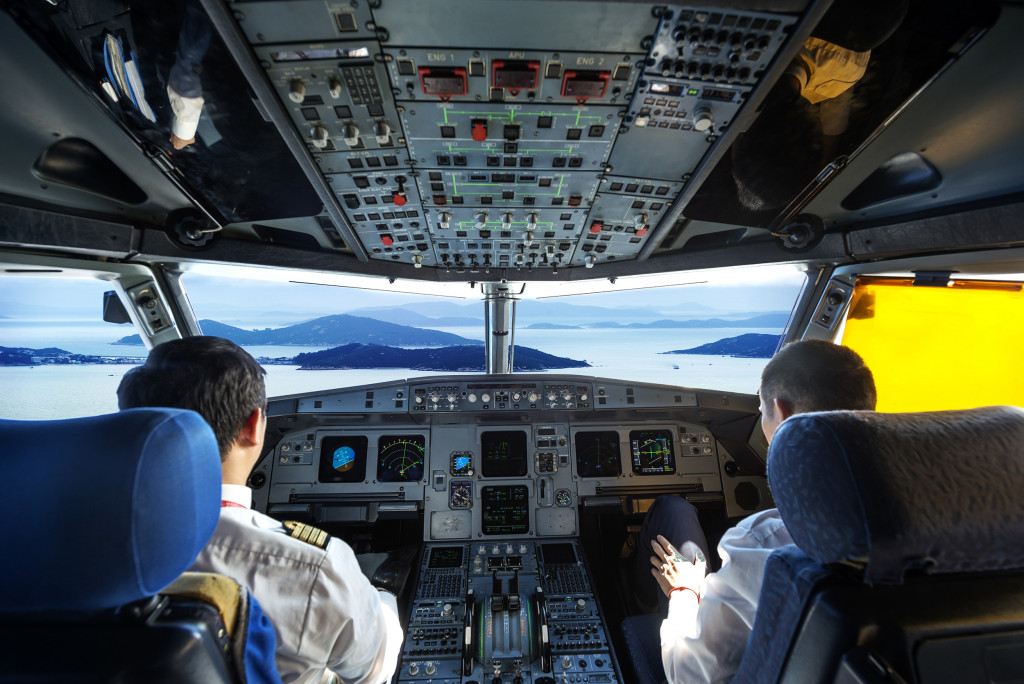Aircraft have come a long way since the Wright brothers first took flight in 1903. In the hundred years since, aircraft design and technology have evolved rapidly, ushering in an era of unprecedented innovation in air travel. But what will the next hundred years bring? Here are some of the most exciting tech trends that are changing air travel and showcasing the future of flying.
Autonomous Flight
One of the most exciting trends in aviation is the rise of autonomous flights. This technology has the potential to revolutionize air travel, making it safer, more efficient, and more accessible.
From the beginning, pilots have had to contend with navigating their aircraft safely through the airspace. This complex task requires a great deal of training and experience. But what if there were a way to take the human element out of flying altogether?
This part is where autonomous flight comes in. Autonomous flight technology is still in its early stages. Still, it has the potential to make flying much safer and more efficient. By removing the need for a human pilot, autonomous flights could help prevent accidents and delays.
Companies like Boeing and Airbus are already developing this technology. In the future, people may see more aircraft equipped with this technology, making air travel safer and more efficient.
Biofuels
The environmental impact of air travel has come under scrutiny in recent years. The aviation industry is responsible for about 2.1% of all human-caused greenhouse gas emissions. As the world becomes more aware of the need to reduce carbon footprint, the aviation industry is under pressure to find more sustainable ways to power aircraft.
One promising solution is biofuels. Biofuels come from sustainable materials such as plant oils and animal fats. You can use them in place of traditional fossil fuels to power aircraft. Biofuels are more environmentally friendly than fossil fuels, and they have the potential to reduce the aviation industry’s carbon footprint. In addition, biofuels are renewable and widely available in different countries.
The use of biofuels is still in its early stages, but it has the potential to impact air travel significantly. In the future, it’s not surprising to see more aircraft powered by biofuels, making air travel more sustainable.
Connectivity and Entertainment
In today’s connected world, people expect to be able to stay connected and entertained while they travel. The aviation industry responds to this demand by equipping aircraft with the latest connectivity and entertainment technology.
In-flight WiFi is now available on many flights, allowing passengers to stay connected during their journey. In addition, some airlines are also offering in-flight entertainment systems that provide a wide range of movies, TV shows, and games.
This trend is only going to continue in the future. As the demand for connectivity and entertainment increases, airlines must find ways to meet these needs. Soon, passengers can expect even more in-flight connectivity and entertainment options. This leap will make air travel more enjoyable and convenient.

Improved Materials and Design
In the last century, aircraft materials and design have improved in many ways. More robust and lighter materials are being used in aircraft construction, making them more fuel-efficient and safer. In addition, new design principles are implemented to create a more aerodynamic aircraft.
Aircraft tires are an excellent example of how new materials and designs can improve aviation. In the past, aircraft tires were made of rubber and filled with air. But now, many airlines use high-quality airplane tires made of composite material. These tires are more durable and require less maintenance. They also have more traction, which helps reduce the risk of accidents.
The trend of using improved materials and design in aircraft is likely to continue in the future. New materials and designs will be critical as the aviation industry strives for more efficient and safer aircraft. This could lead to better airplane tires and lighter and more fuel-efficient aircraft.
Electric Propulsion
Another trend that is changing air travel is electric propulsion. It is more efficient than traditional fuel sources and produces zero emissions.
Electric-powered aircraft are quieter than conventional aircraft, making them ideal for use in congested areas. In addition, electric propulsion is more efficient, meaning electric-powered aircraft can travel further on the same amount of power.
Many aircraft manufacturers are already experimenting with electric propulsion. From the big guys like Airbus and Boeing to smaller companies like Wright Electric, there is a lot of interest in this new technology. The future looks bright for electric-powered aircraft, and it is not surprising to see them becoming more common in the coming years.
As you can see, many innovative technologies are changing air travel. These trends are making flying more sustainable, convenient, and enjoyable. So, the next time you take a flight, don’t be surprised if you see some of these new technologies in action. It’s the future of flying!
